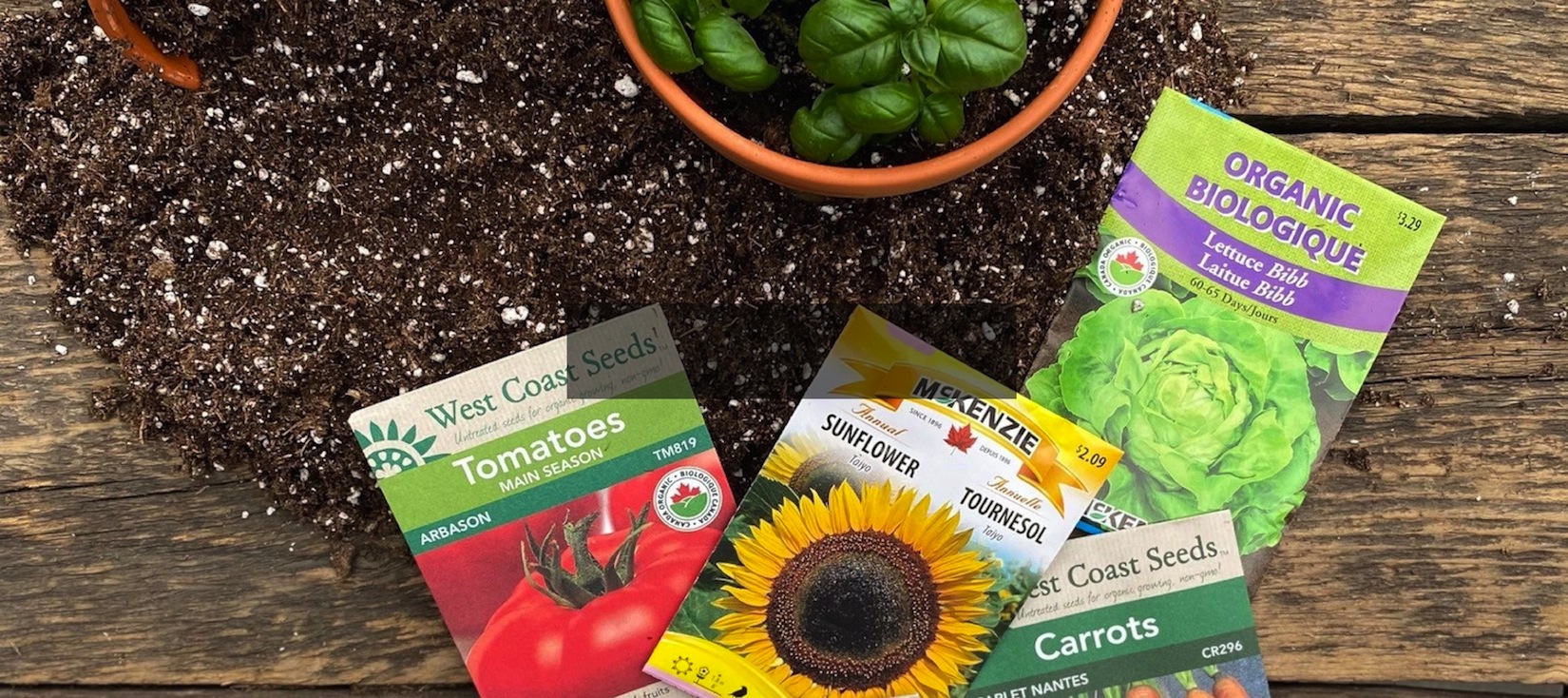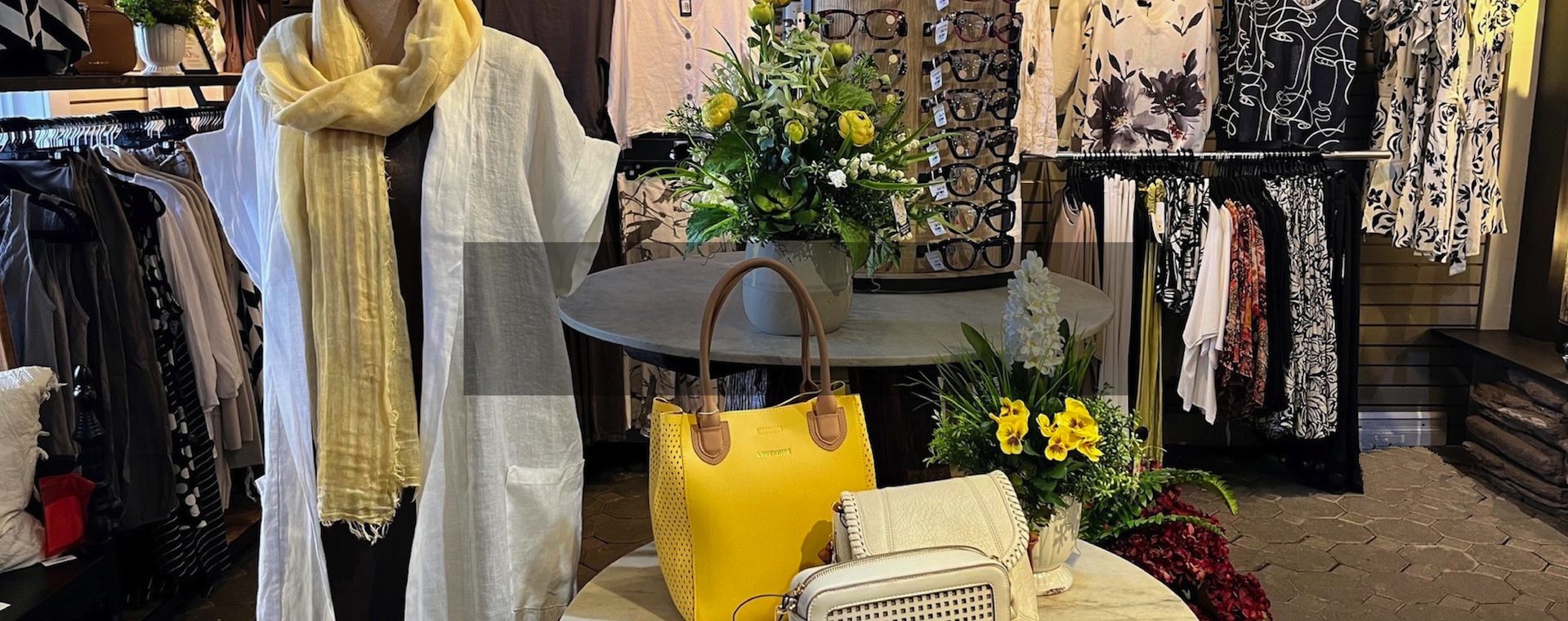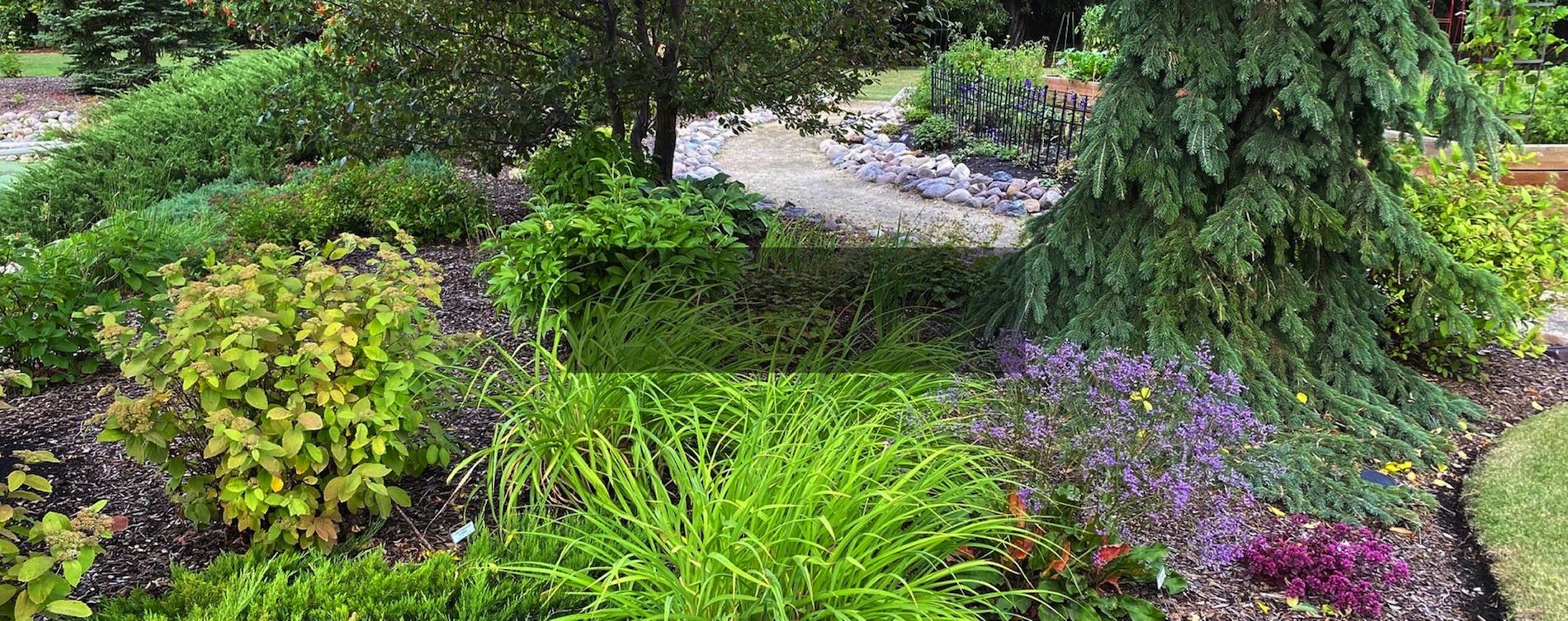Carnivorous Plants

Carnivorous plants typically grow in areas where nutrients are scarce, and have therefore adapted to capture and digest insects for food. They form a diverse group with different types coming from all over the world, including both temperate and tropical areas.
Light
Carnivores have varying light requirements. In general, temperate types do best in full sun, while most tropical types prefer bright, filtered light. Too little light and plants will be leggy, have poor colouration and may not fully develop their traps.
Water
It is vitally important that you only water carnivorous plants with rain, distilled, or reverse osmosis water. Tap water contains detrimental chemicals and minerals. Most carnivores are bog plants and therefore prefer consistent moisture. Many growers will keep pots in shallow trays of water. Tropicals such as Nepenthes prefer more well-drained, but still moist soil.
Fertilizer
Carnivores should NEVER be fertilized. The only exception is Nepenthes, which can be given a 1/4 strength balanced fertilizer once a month in their pitcher, not as a soil drench.
Feeding
Carnivores are quite capable of catching their own prey and usually do not need to be hand-fed. In the spring and summer they can be placed outside for several hours about once a month, if desired. Carnivores should only be fed insects; do not feed your plants food scraps.
Humidity
Most require high humidity of at least 60-70%. Therefore, if they are grown in the home, they should be kept in enclosures (such as a terrarium or under a dome) where the humidity can be kept high. Low humidity results in poor development of traps. A couple types that are more tolerant of slightly lower humidity include Sarracenia and Pinguicula.
Soil & Potting
In general, carnivores prefer moist, well-drained soil. A good mix is 1 part peat, 1 part sand. Alternatively, 1 part sphagnum moss, 1 part perlite also works well, particularly for many tropical types. Carnivores have very delicate roots and do not like to be disturbed often. They should only be repotted when they outgrow their pots or when the soil starts to sour, every 2-3 years.
Dormancy
Temperate types require a 3 month cold dormancy period in winter. An easy way to store them over winter is to place pots in Ziploc bags in the refrigerator. They should be kept just barely moist (check for moisture every month) until growth resumes in early spring. The typical dormancy period is late November through early March. Plants will usually produce smaller leaves and few or no traps as they enter dormancy.
Popular Types

Venus Fly Trap
(Dionaea muscipula)
- By far the most popular.
- Ends of the leaves form a clamshell-like trap, which will snap shut if an insect triggers the hairs on its inner surface twice.
- A temperate bog-dweller, native to the Carolinas.
- Available in a number of different trap and colour forms.

Sundew
(Drosera)
- A large genus, including both temperate and tropical pecies.
- Leaves have cilia (hairlike projections) that secret sticky dew, which insects get stuck in.
- Struggling insects cause the leaves to slowly fold over and digest their prey.
- The dew gives the leaves a glistening appearance; leaves are often in striking shades of red.

Butterwort
(Pinguicula)
- Both temperate and tropical species. Most grow in bogs.
- Form rosettes of leaves, which act like sticky traps.
- Have very attractive flowers in shades of violet and pink.

Pitcher Plant
(Sarracenia)
- Temperate American species that grow in bogs.
- Tall, hooded, tubular leaves attract and capture insects much the same as Nepenthes pitchers.
- The gorgeous and unusual foliage is accented by unusual spring flowers.

Tropical Pitcher Plant
(Nepenthes)
- Vines that grow in the tropical rainforests of southeast Asia.
- The leaves produce tendrils that climb trees and other structures; at the end of each tendril is a large pitcher.
- Insects are attracted to the pitcher by colour or scent, then slip and fall to a watery death.





